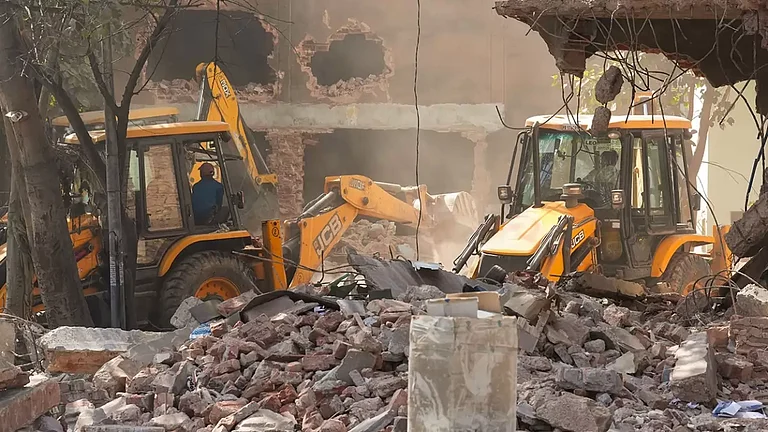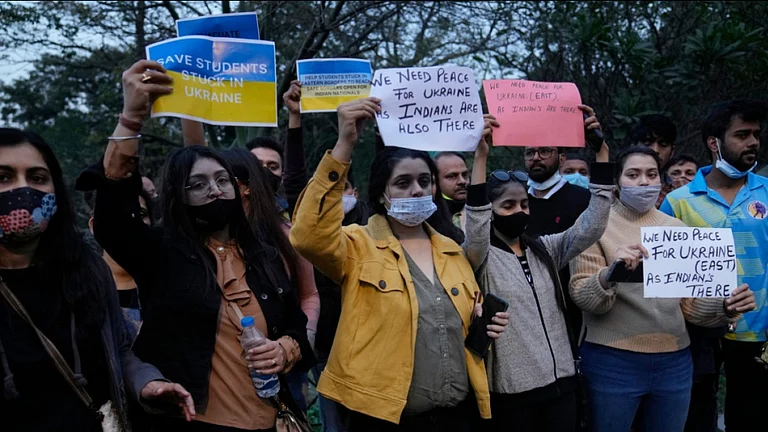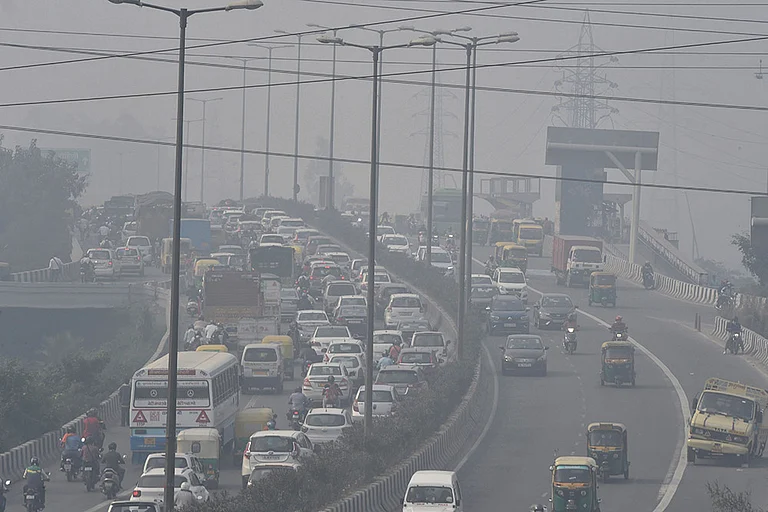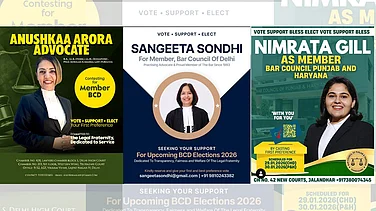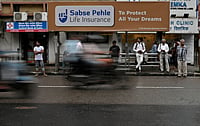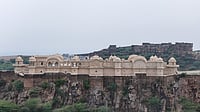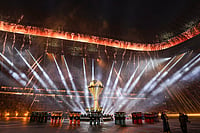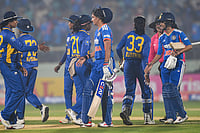
Green crackers are fireworks designed to reduce pollution and noise, using safer chemicals and QR-coded certification.
They are not truly clean, still emitting gases and fine particulate matter; real-world pollution reduction is limited.
Supreme Court rulings relaxed its sales in 2025 with strict conditions, balancing tradition and public health.
As Diwali approaches, the debate over firecrackers has reignited, this time with the Supreme Court allowing the limited sale and use of green crackers in Delhi-NCR, ending a five-year blanket ban. But what exactly are these so-called eco-friendly crackers, and how did they become central to India’s pollution-control discourse?
Green crackers are a newer class of fireworks designed to emit less pollution than conventional ones. Developed by the Council of Scientific and Industrial Research (CSIR) and its National Environmental Engineering Research Institute (NEERI), they aim to cut particulate matter (PM2.5 and PM10) emissions by about 30 per cent and reduce noise levels.
These crackers avoid the use of toxic metals such as barium, arsenic, and mercury, and instead use dust suppressants like zeolite or calcium carbonate. They also come with QR codes for verification, ensuring only certified products are sold.
There are three main types of green crackers:
SWAS (Safe Water Releaser) – emits water vapor and dust suppressants.
SAFAL (Safe Minimal Aluminium) – uses minimal aluminum to cut smoke.
STAR (Safe Thermite Cracker) – produces lower emissions and noise.
How the Idea Emerged
The idea of green crackers was born out of judicial intervention. In 2018, during the hearing of Arjun Gopal vs Union of India, the Supreme Court faced petitions demanding a ban on firecrackers to combat Delhi’s choking post-Diwali smog.
While recognizing the cultural importance of fireworks, the court noted their contribution to severe air pollution and directed that only low-emission, “green” crackers be produced and sold. It also imposed time restrictions, allowing bursting for two hours on Diwali night and one hour on other festivals.
Following this, several state governments and the National Green Tribunal (NGT) went further, imposing blanket bans during high-pollution periods. However, enforcement was patchy. Non-green crackers continued to flood markets, often falsely labeled as “eco-friendly.”
In response, NEERI introduced QR-coded packaging to distinguish genuine green crackers from counterfeit ones. Yet, poor implementation meant the distinction often blurred on the ground.
Are Green Crackers Really Green?
Despite their name, green crackers used in diwali are not completely clean. They were created as a less harmful alternative, not as an environmentally benign option. By using modified chemical compositions, these crackers eliminate or drastically reduce toxic metals like barium, arsenic, and mercury, all major contributors to air and soil contamination.
In laboratory tests, green crackers have been shown to reduce particulate emissions by up to 30 per cent and lower noise levels to 110–125 decibels, compared to traditional fireworks that can exceed 160 dB. They also use additives like zeolites and calcium carbonate to trap dust and suppress smoke.
But the term “green” can be deceptive. In real-world conditions, these crackers still emit carbon dioxide, carbon monoxide, sulfur dioxide, nitrogen oxides, and fine particulate matter, all key pollutants that aggravate respiratory and cardiovascular diseases. Trace quantities of metals like aluminum, copper, and strontium also persist, contributing to toxic air loads.








